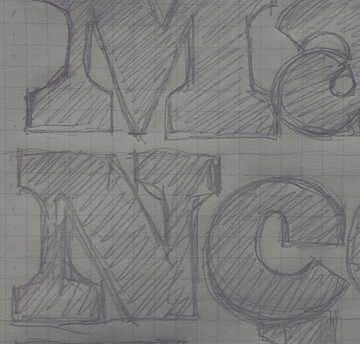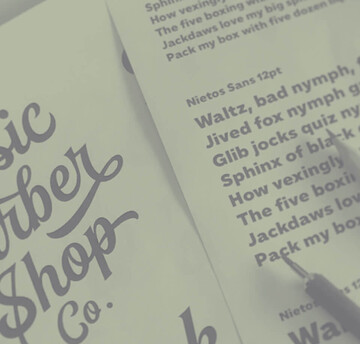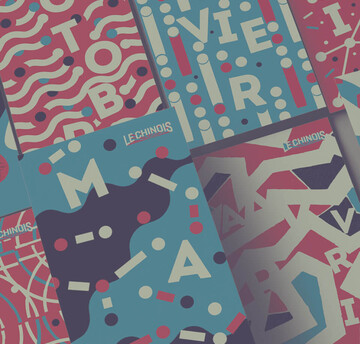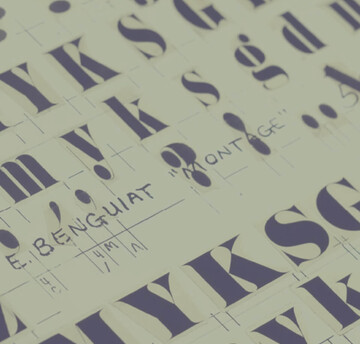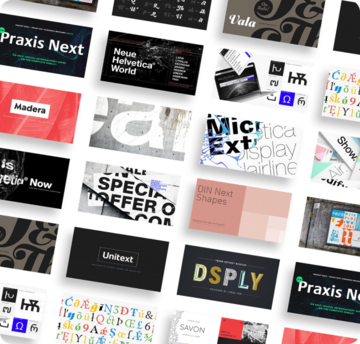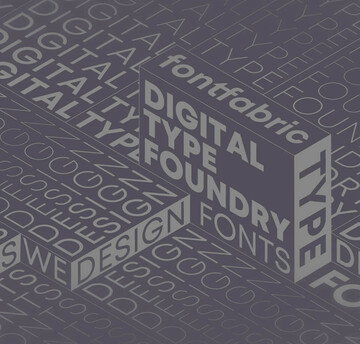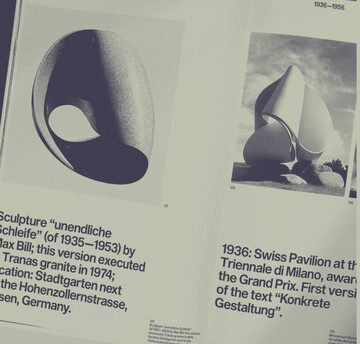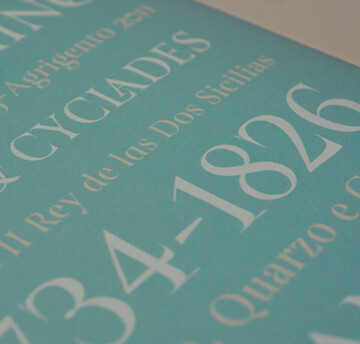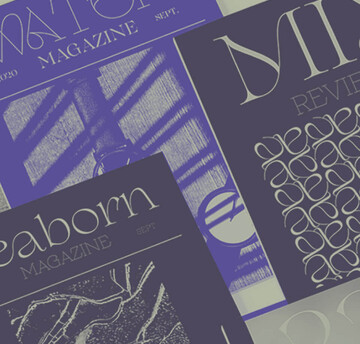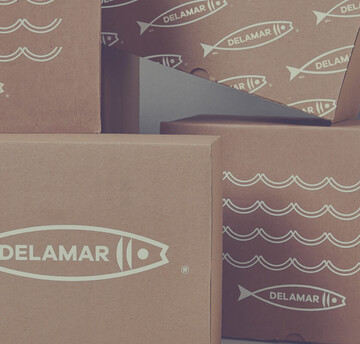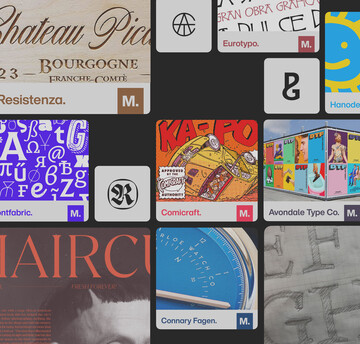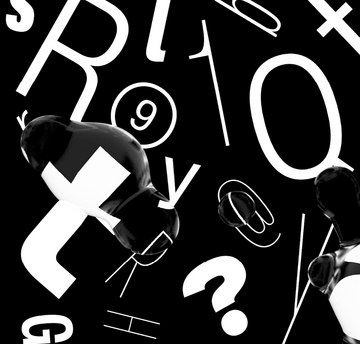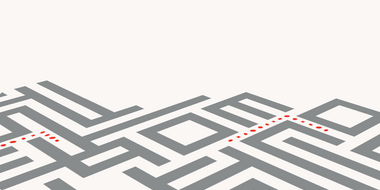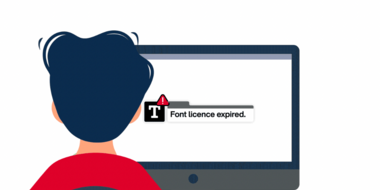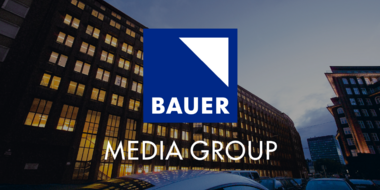3D and Beyond: Monotype Fonts at Territory Studio.
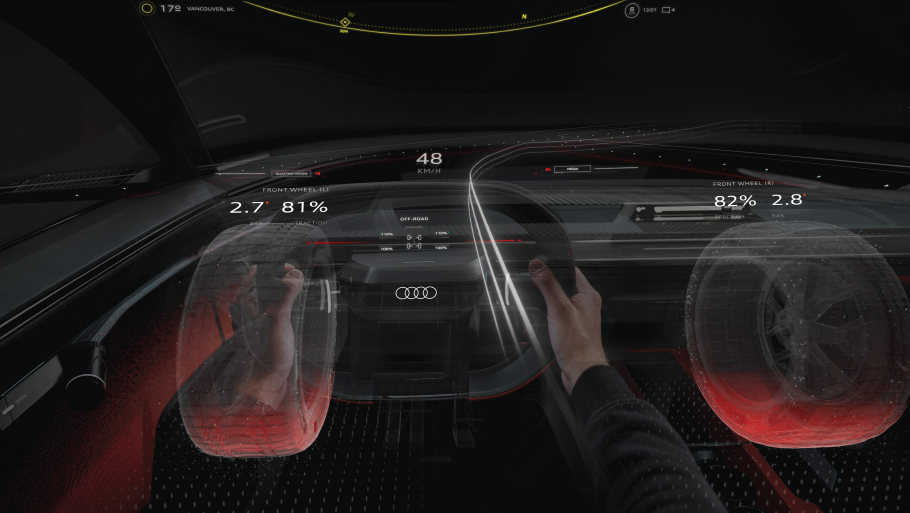
Jake Yem, UI designer.
Territory Studio is no stranger to pushing the boundaries of creativity. Driven by a passion for creative innovation, Territory’s San Francisco-based location is busy creating dazzling design work that is showcased across film, games, automotive, and digital products.
The studio’s award-winning motion design is featured on the monitors, visors, and HUDs of films such as “Ad Astra,” “The Martian,” “Avengers” franchise, “Ready Player One,” and “Blade Runner 2049.” The studio is also recognized for creating immersive AR/VR experiences that are grounded in reality, working at the forefront of tech and design in the branding, gaming, and automotive sectors.
As any creative agency knows, working on multiple brands with distinct personalities requires meticulous management of brand assets and files – especially font files. This can be a monumental challenge, and one that Jake Yem, UI designer at Territory’s San Francisco office, has experienced firsthand.
Dubbed “the font maestro,” Yem fell in love with typography in his college days, and now works with fonts every day. Whether designing a car’s dashboard interface or creating an AR storytelling experience, Yem’s work starts in the 2D space before being translated into the 3D world.
We spoke to Yem about using Monotype Fonts and how it has really made a difference to his creative workflow.

Design Alchemy: From Chaos to Order.
Let’s get right to it: what was it like before using Monotype Fonts?
“It was kind of a mess,” Yem explains, noting how time is short for designers and art directors working on tight deadlines.
“You’d scour through sketchy websites full of terribly designed type, all the while trying to find that one creative gem. As designers, we don’t always have much time to dig deep for a new, exciting typeface so rely on inspiration from the community – or sometimes fall back on safe and familiar options. As you can imagine this isn’t necessarily ideal for creating the right look to future-proof a brand’s identity.”
With Monotype Fonts, however, an extensive font search can be handled in one single, focused step. Designers have immediate access to over 150,000 curated fonts, all sourced from independent studios and world-renowned designers… and the database is always growing.
“Having this kind of endless repository of notable type foundries is definitely a natural fit for us,” adds Yem.
Whether minimal futuristic sans-serif or bold and classic serif, designers can easily locate what they need in a heartbeat, able to sort through fonts before bringing them into customized lists for easy reference.
This is especially useful for Yem when filtering fonts suitable for AR projects, a challenge because low contrast type, thin stems, ligatures, descenders, and features of that nature don’t necessarily translate well within these new, rapidly evolving mediums.
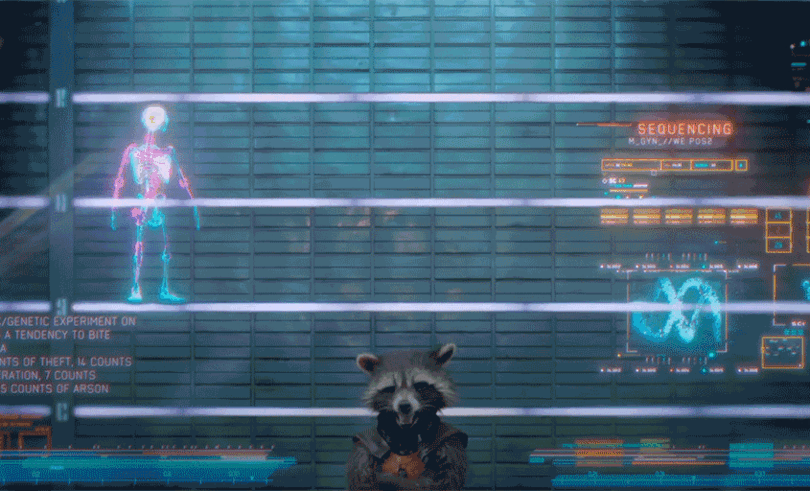
Mastering the Details.
In terms of everyday usage, Yem explains that Monotype Fonts has saved him time and effort by keeping workflows running smoothly across projects:
“Every team member with Monotype Fonts can access the right font without delay,” he explains, “There are no more delays from team members sending font files over, hoping they don’t crash or break.”
This is part of the reason why he encourages teams to have Monotype Fonts installed, allowing fellow animators and designers to download Monotype Fonts, select the appropriate font, and sync with their program before getting right to work.
For times that font files do need to be sent (in Yem’s case, to development teams for 3D design) Yem notes the importance of downloading font files in the first place. “This is important because we work with high-profile automotive companies integrating real-time 3D tools directly into their products,” he explains.
Another benefit of having one central font management system is eliminating the dilemma many creative teams face: fonts on a server that no one can access.
“In the past, Territory’s team has been rather small, at least in San Francisco, which allowed for a more lax approach,” he reveals. “But as the studio began to grow it suddenly became a rat’s nest… and now that’s all gone.”
Yem notes another powerful reason for Territory Studio to use Monotype: Client pitches. The simple fact of knowing which foundry the font came from adds another layer of credibility that gets client buy-in.
“This, matched with Monotype Font’s simple approach to licensing, keeps projects moving forward,” he insists.
Not only is this transparent; but it’s also a validation factor. One that often cuts out two or three rounds of type explorations. As Yem puts it, “We’re searching once, then doing creative iterations. And, from there, we’re presenting to the client and they’re gaining that confidence.”
For clients, it may be confidence – but for Yem and the team at Territory Studio, it’s empowering.
Top Font Picks.
Discussing his favorite fonts, Yem’s list of desert-island hits would be Forza, Beastly, and 56th Street. Coming soon, he’d love to see sharable font collections from fellow designers and art directors.
